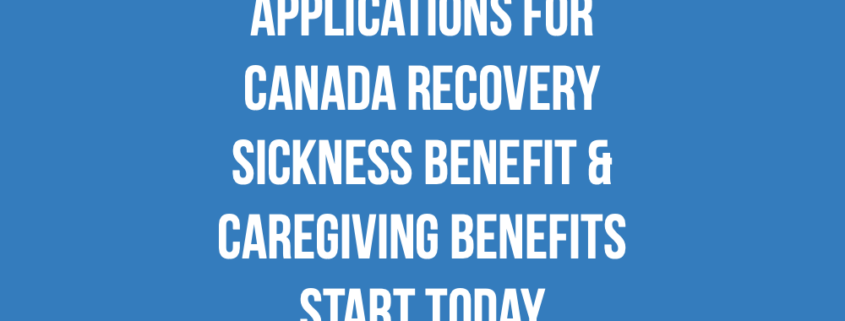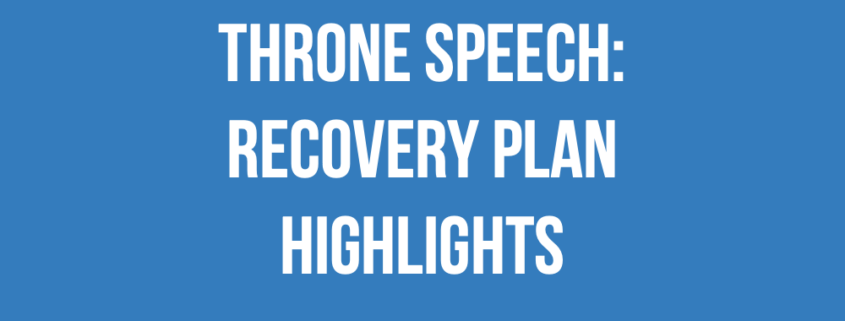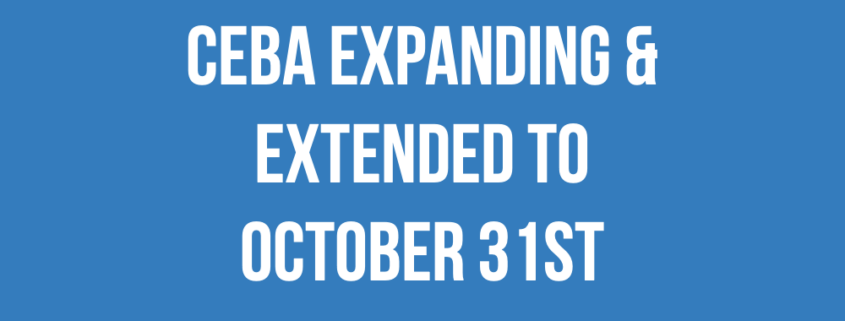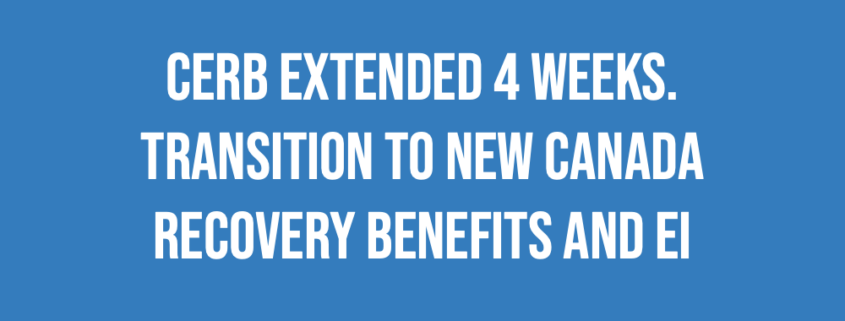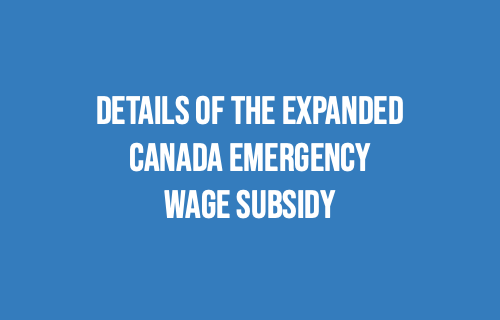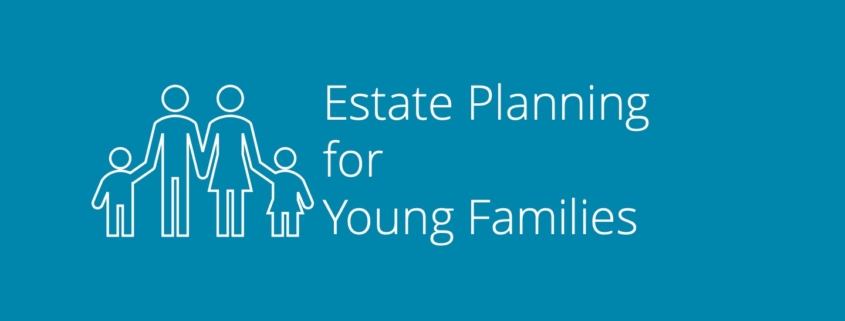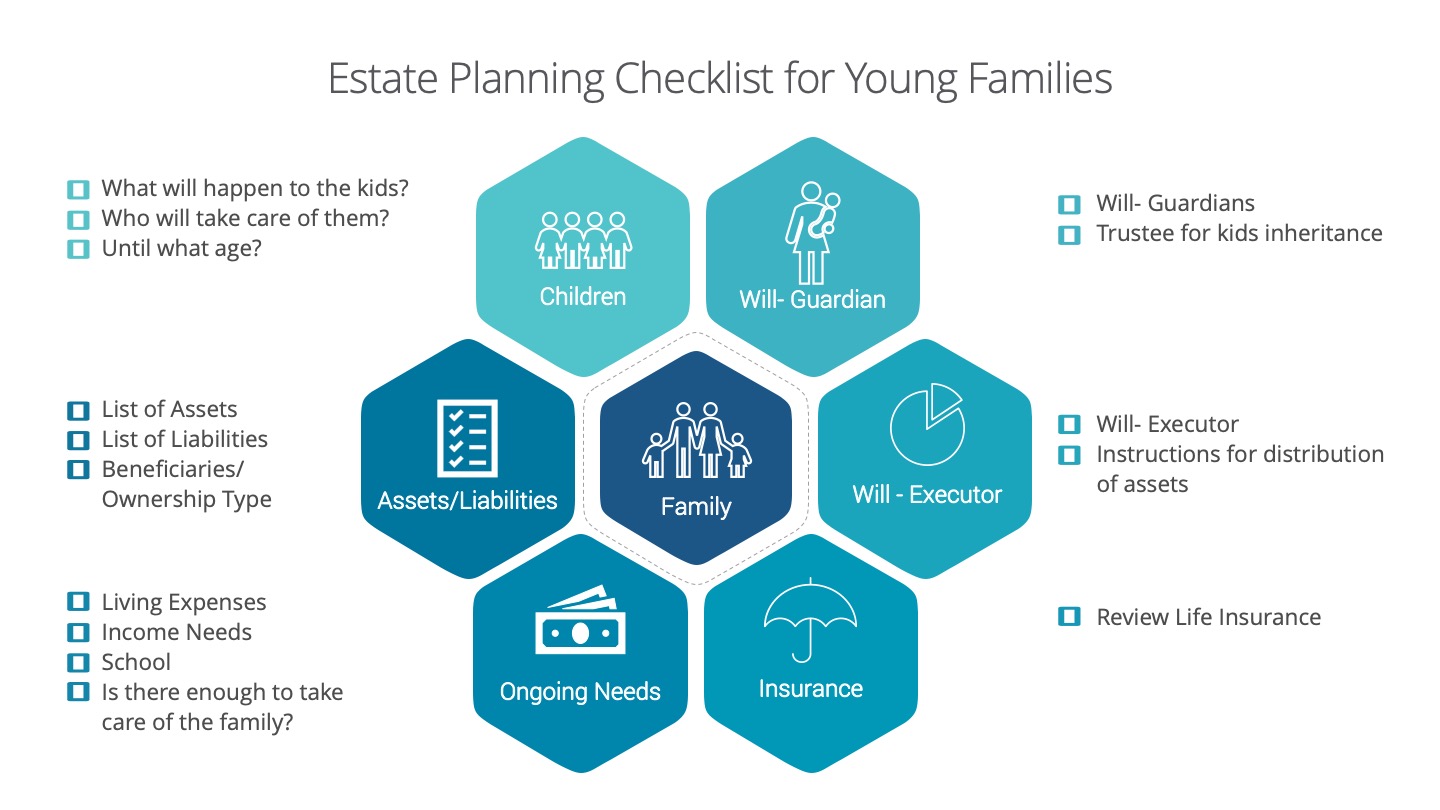New Canada Emergency Rent Subsidy | Wage Subsidy extended | CEBA additional $20,000 loan
On October 9th, the Federal Government announced the new Canada Emergency Rent Subsidy (CERS), the extension of the Canada Emergency Wage Subsidy (CEWS) and additional loans through the Canada Emergency Business Account (CEBA).
New Canada Emergency Rent Subsidy for businesses
The Canada Emergency Rent Subsidy (CERS) is the replacement for the Canada Emergency Commercial Rent Assistance (CECRA).
When launched, the new program will allow businesses to apply directly for rent relief through CRA. The original CECRA faced criticism because it required landlords to apply for the assistance and absorb a 25% reduction in rent which may explain the low uptake.
Prime Minister Justin Trudeau stated that the new rent subsidy will be available for businesses that continue to experience revenue decline due to COVID-19. From Canada.ca:
-
The new Canada Emergency Rent Subsidy, which would provide simple and easy-to-access rent and mortgage support until June 2021 for qualifying organizations affected by COVID-19. The rent subsidy would be provided directly to tenants, while also providing support to property owners. The new rent subsidy would support businesses, charities, and non-profits that have suffered a revenue drop, by subsidizing a percentage of their expenses, on a sliding scale, up to a maximum of 65 per cent of eligible expenses until December 19, 2020. Organizations would be able to make claims retroactively for the period that began September 27 and ends October 24, 2020.
-
A top-up Canada Emergency Rent Subsidy of 25 per cent for organizations temporarily shut down by a mandatory public health order issued by a qualifying public health authority, in addition to the 65 per cent subsidy. This follows a commitment in the Speech from the Throne to provide direct financial support to businesses temporarily shut down as a result of a local public health decision.
Allowing businesses to apply for the rent subsidy directly will make obtaining support for those in need as straightforward and simple as possible.
The new CERS is set to be available until June 2021.
Canada Emergency Wage Subsidy extended to June 2021
The Canada Emergency Wage Subsidy (CEWS) will continue to provide wage relief for employers until June 2021. As well, the subsidy will remain at the current rate of up to a maximum of 65% of eligible wages until December 19th and will not decrease on a sliding scale as previously planned.
Canada Emergency Business Account – additional $20,000 interest-free loan
The Canada Emergency Business Account (CEBA) will be expanded to provide an additional $20,000 loan with $10,000 forgivable if repaid by December 31, 2022. Additionally, the application deadline for CEBA is being extended to December 31, 2020. Businesses applying for the loan will be required to prove they have faced income loss caused by COVID-19.


